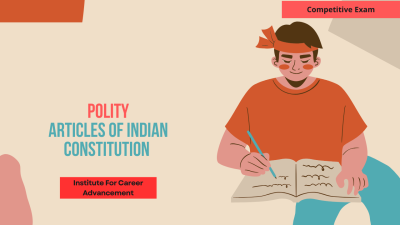Indian National Congress
The Indian National Congress (INC), founded in 1885, is one of the oldest political parties in India and played a central role in the Indian independence movement. Initially, it aimed to secure political reforms and greater representation for Indians under British rule. Over time, the INC evolved into a key nationalist organization, advocating for full independence from British colonial rule. Under leaders like Bal Gangadhar Tilak, Subhas Chandra Bose, and especially Mahatma Gandhi, the Congress adopted mass mobilization strategies such as non-cooperation and civil disobedience. The INC's efforts were instrumental in uniting Indians across diverse regions and communities, leading to India's independence in 1947. After independence, the INC became the dominant political party in India, shaping the country's early governance and policies. 1885 সালে প্রতিষ্ঠিত ভারতীয় জাতীয় কংগ্রেস (আইএনসি) ভারতের প্রাচীনতম রাজনৈতিক দলগুলির মধ্যে একটি এবং ভারতের স্বাধীনতা আন্দোলনে কেন্দ্রীয় ভূমিকা পালন করে। প্রাথমিকভাবে, এর লক্ষ্য ছিল ব্রিটিশ শাসনের অধীনে ভারতীয়দের জন্য রাজনৈতিক সংস্কার এবং বৃহত্তর প্রতিনিধিত্ব নিশ্চিত করা। সময়ের সাথে সাথে, আইএনসি একটি প্রধান জাতীয়তাবাদী সংস্থায় পরিণত হয়, যা ব্রিটিশ ঔপনিবেশিক শাসন থেকে পূর্ণ স্বাধীনতার পক্ষে সওয়াল করে। বাল গঙ্গাধর তিলক, সুভাষ চন্দ্র বসু এবং বিশেষ করে মহাত্মা গান্ধীর মতো নেতাদের অধীনে কংগ্রেস অসহযোগিতা এবং আইন অমান্যের মতো গণসংহতি কৌশল গ্রহণ করেছিল। কংগ্রেসের প্রচেষ্টা বিভিন্ন অঞ্চল ও সম্প্রদায়ের মধ্যে ভারতীয়দের একত্রিত করার ক্ষেত্রে সহায়ক ছিল, যার ফলে 1947 সালে ভারতের স্বাধীনতা লাভ হয়। স্বাধীনতার পর, আইএনসি ভারতের প্রভাবশালী রাজনৈতিক দলে পরিণত হয়, যা দেশের প্রাথমিক শাসন ও নীতিগুলিকে রূপ দেয়।
English
Last updated
Thu, 20-Feb-2025



















